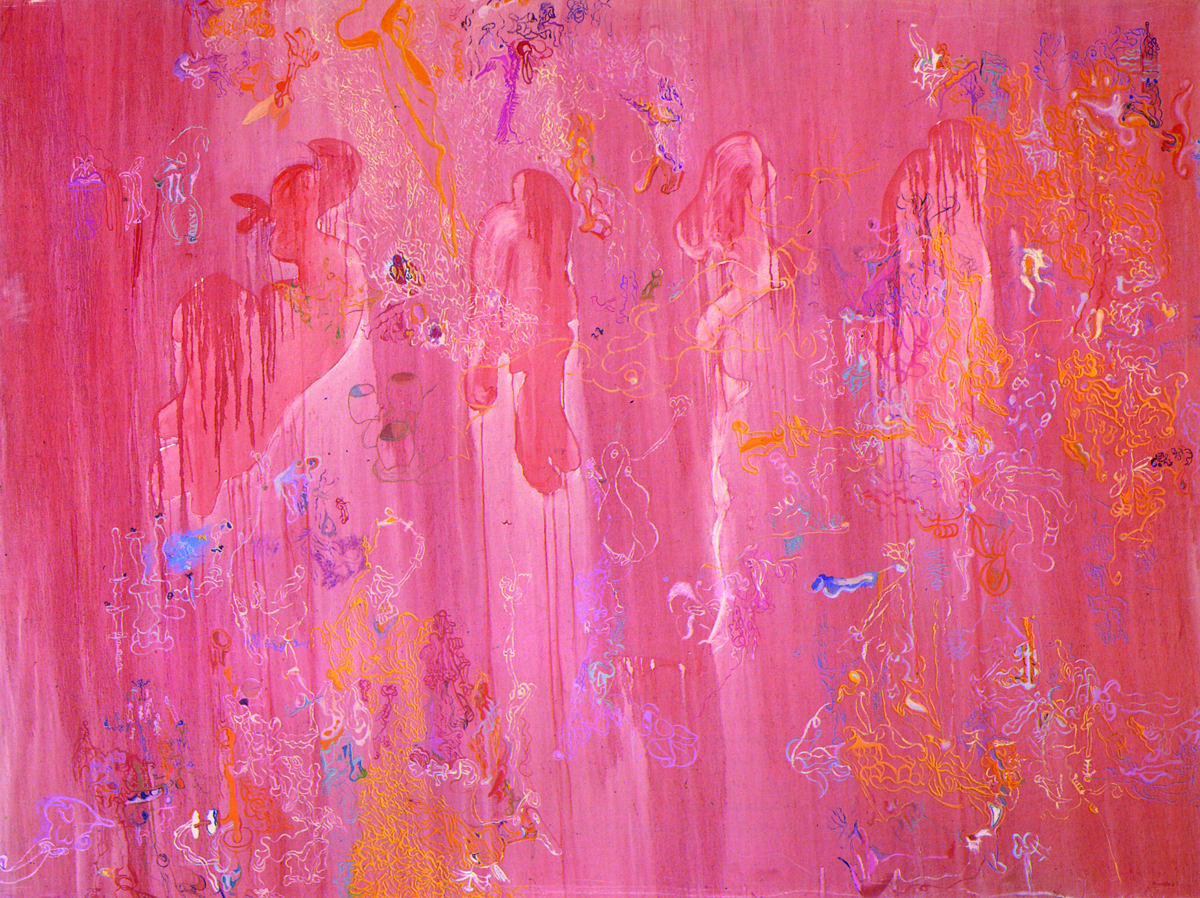

Cordillera Arias Yebra (Bembibre, 29 June 1927-Donostia-San Sebastián, 29 February 1984) has been living in Donostia-San Sebastián (Spain) since he is 15 years old, although he is an important piece in his artistic movement. Our gratitude is not the same for all artists. Why has Amira Arias been left in a kind of limbo? For being a member of the group today, for being so different from the other representatives of the Basque School? Because your work has not been used to represent the identity of a people, as others in that group have been used?
At the age of 9, he suffered a serious accident on the train tracks, when he played. In 1942 the family moved to San Sebastian, they were hard years, the father was forced to leave the city, the battered mother and Amiñi, a small friend who was completed with the penicillin of the estraperlo, then began to leave the house, with watercolor classes that he received sometimes with that of Ascensio Martia.
In 1956, he painted his first oils. Four years later he performs his first individual exposure. The official artistic environment of the city did not welcome the exhibition it made in 1963: Empty spaces. The Gaur group was founded in 1966 and it was Amiable Arias who drafted the first version of the manifesto, although it was later edited with considerable touch.
Free spirit artist, Amiable Arias invented a world, colorful and joyful in his own way, filled with strange creatures, not to feel alone, to be able to live in the world. That erotic softness, that aesthetic travesura, that ludic universe, are delicious. But it is not only an artistic game, l’art pour l’art, but it has the desire and skill to critically portray its society.
I even wrote.